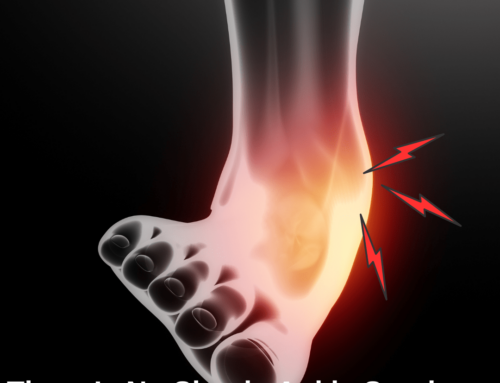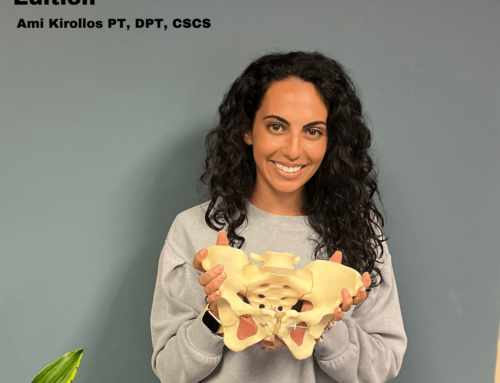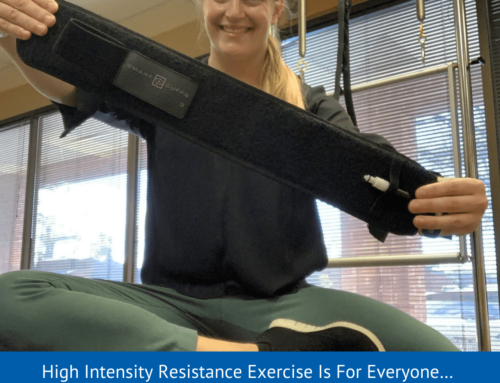Are You Training the MOST Important Muscle In Your Body?

What is the most important muscle in your body? It’s not your glutes…but your breathing muscle, in particular your diaphragm.
Why is the diaphragm so important?
The diaphragm, intercostals, and abdominals/oblique muscles are not only used for breathing but impact many systems and functions in your body including:
- digestive health, by providing support for the digestive system
- pain management, by reducing the sensitivity of the nervous system
- back health, by providing stability and mobility with other core muscles
- athletic performance, by improving lung capacity and decreasing limb fatigue
Poor breathing is a public health problem much like smoking, obesity, mental health issues, and stress. In fact, poor breathing will contribute to obesity, worsen mental health issues and increase stress. Proper breathing techniques can be effective in treating many of these problems and will complement other treatment regimes.
Why is the diaphragm poorly performing?
Take a look at a toddler and watch them breathe. It’s beautiful, natural, and from the belly. We were all breathing like this until about the age of 5 or 6 before we began to sit. Sitting, especially in chairs, promotes vertical breathing, taking us away from the healthy horizontal breath. When we breathe vertically, using the “accessory breathing muscles” a host of problems occur. The accessory breathing muscles, the muscles in your neck, chest, and shoulders, work constantly with vertical breathing, are quick to fatigue, become tight and limit mobility. They “run out of gas”, as they are not designed to breathe for us thousands of times each day. Taking a “big breath in” should not be vertical, but purely horizontal. Using the accessory muscles to act as the primary muscles of respiration will result in fatigue, arm, and leg heaviness during exercises, muscular and joint stress throughout the shoulder and neck, headaches, and the list goes on.
The diaphragm and intercostal muscles, found at your waist and in between your ribs are in the perfect location to help move air into your lungs… Their abdominal muscle counterparts, the internal obliques, and transversus abdominus, contact and relax in opposition to facilitate a healthy, horizontal breath. The lungs are bigger at the bottom of your rib cage, and this is where the breathing work should be taking place.
So how do we assess the function of our diaphragm and how well we are breathing?
We do this by measuring your Breathing -IQ!
The breathing IQ or B-IQ can be determined by a few simple measurements and observations.
Abdominothoracic flexibility, or thoracic excursion, is measured where the most motion for breathing should occur. We measure this and call it your “breathing range of motion, ROM”.
To determine your breathing ROM use a tape measure and in standing place it on the front of the rib cage, on the lowest part. Inhale and take a measurement, then exhale and take a measurement.
Inhale-Exhale/Exhale x 1000 = Breathing Range of Motion (ROM)
Second, observe where your breath is located, your breathing location of movement(LOM).
Is it vertical, straight up? Is it horizontal? Or is it a hybrid breath?

How can you improve your B-IQ?
Step 1
Put yourself in a position to have a successful diaphragmatic breath and practice it!
You need muscle memory for movements, even healthy breathing, to become automatic. The exercises in the following video are a good start.
- Prone lying for a “crocodile” breath.
- Child’s pose for a relaxed abdominal breath.
- Cat/Cow for breathing with gentle spinal movement
Let your physical therapist show you exercises that free up the areas around the spine and rib cage so good breathing isn’t fighting an uphill battle.
Step 2
Bring awareness to how you are breathing all day long, starting with resting positions, then work activities, activities at home, and finally exercise. Focus on a slow, horizontal nasal breath. The “ideal” breath is between 5-6 seconds for an inhale and 5-6 seconds for an exhale. Slow your breath down. Over-breathing is more dangerous than overeating.
Step 3
Keep your mouth closed! Nasal breathing will promote a diaphragmatic breath. When the mouth is open it triggers the accessory muscles to work. Mouth breathing begets more mouth breathing, while nasal breathing begets more nasal breathing.
Our focus at One on One Physical Therapy is to always seek out current treatment methods and approaches.
Click here to book your appointment with the One on One Physical PT staff to have your B-IQ measured!
Did this get you excited to start working on your breathing? Do you want to learn more?
Here is a blog that shows the 7 benefits form breathing.
Here are our top 3 books related to breathing.
- Breathing for Warriors, Dr. Belisa Vranich and Brian Sabin
- Breath, James Nestor
- The Oxygen Advantage, Patrick McKeown
About The Authors
Ami Kirollos joined One on One Physical Therapy after completing her Doctorate in Physical Therapy from Emory University School of Medicine with the highest honors. Ami’s background in personal training and athletics has led her to her interest in sports medicine and pelvic floor therapy. Ami currently holds certifications and advanced course work in pelvic floor therapy, dry needling, dance medicine, and Pilates.
Karen Davis Warren, Founder of One on One Physical Therapy, brings a wealth of knowledge to her patients incorporating over 25 years of physical therapy and sports medicine experience and education. Karen holds a Master of Physical Therapy degree from
Emory University and a Bachelor of Science in Exercise Science from the University of Southern California. She is an Adjunct Faculty and guest lecturer for the Doctorate of Physical Therapy Program, a Clinical Instructor at the Doctorate of Physical Therapy Program, Emory University, and on the Advisory
Board for the Physical Therapy Program at Mercer University.






